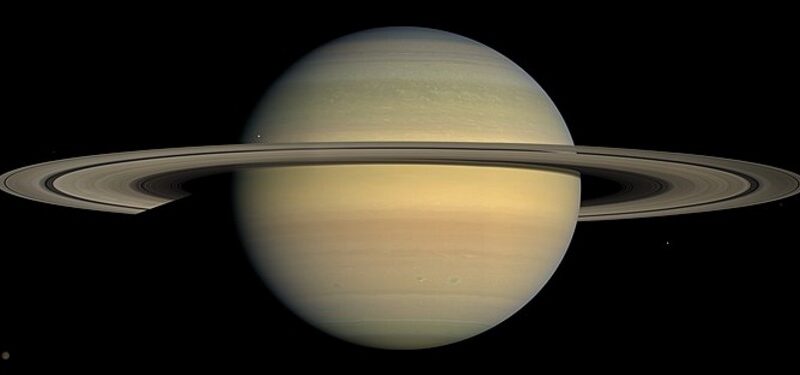25 Fun Facts About Saturn Every Future Astronaut Will Love
Wan na understand some mind-boggling realities regarding Saturn? After that you have actually come across the appropriate article.
This distinct world has actually referred major rate of interest to humans considering that the olden days. By the time you have actually read this article, you will learn lots of new things about the ringed world.
25 Fascinating Truths About Saturn
1 Introduction to Saturn
Saturn is the 6 th planet in our planetary system from the Sunlight. it is also the 2 nd biggest planet among the 8 earths in our solar system.
It has a mean radius of regarding 36, 184 miles or 58, 232 kilometers.
Whereas the polar radius of the planet is about 33, 780 miles or 54, 364 km and the equatorial span has to do with 37, 449 miles or 60, 268 kilometers.
It is a gas giant like Jupiter. The world has an axial tilt of concerning 26 73 -level.
2 What is the size of Saturn compared to planet
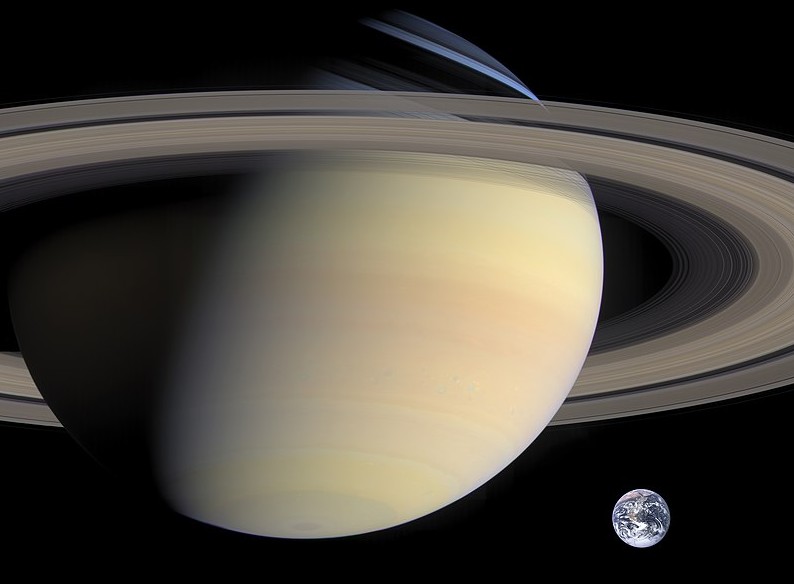
Saturn is the 2 nd biggest earth in the solar system after Jupiter. The earth has a diameter of concerning 74, 897 miles or 120, 536 kilometers.
That makes it concerning 9 times larger than our Earth in size.
It is about 95 times even more huge than Planet. According to that, you can in fact fit about 764 Planets on Saturn. Allow that sink in for a minute!
3 Saturn is a Gas Titan
As we have already claimed Saturn is an earth like Jupiter that is a gas titan. However what does that mean? That means Saturn is constructed from gas and does not have a guaranteed surface area. Mainly, it is contains Hydrogen and Helium gas.
By quantity, the external environment of this giant planet includes regarding 96 3 percent molecular hydrogen and 3 25 percent of helium.
Researchers also found traces of methane, ammonia, lp, acetylene and comparable various other gases in the environment of Saturn.
4 Saturn’s Rings
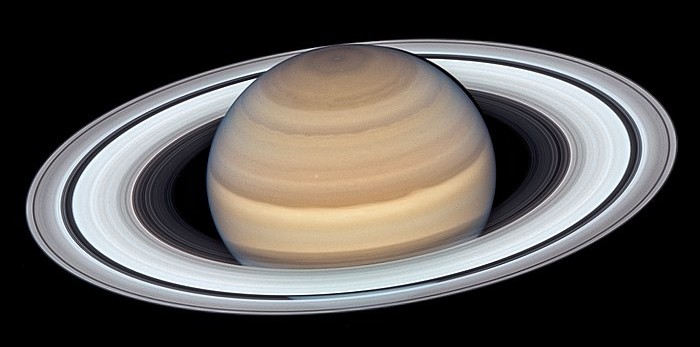
That does not find out about the rings of Saturn? These rings are just one of the most essential characteristics of Saturn. And, we are attracted by this framework around the planet. But what are these? Interestingly, these rings consist of dust, bits of ice, and rocks.
These little bits can be found in various shapes and sizes. A few of these are just as min as specks of dust, whereas some are the total reverse and can be as huge as massive structures. The rings of Saturn are very slim yet massive in length.
The key rings of Saturn can practically get to from Planet to the moon. The distance between Planet and Moon has to do with 384, 400 km or 238, 900 miles.
Interestingly, there are a lot more earths in our planetary system that have worldly rings like Saturn. Nonetheless, Saturn’s ones are the most noticeable and big in dimension.
5 Saturn’s Ambience and Weather condition
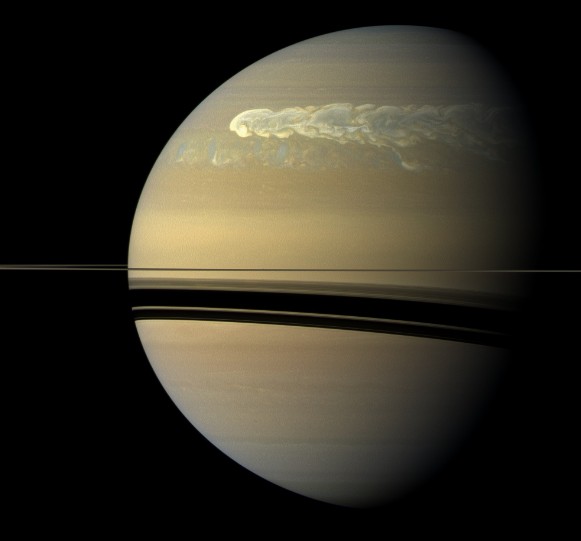
Saturn’s weather condition is very irregular as it is a gas giant. It is very windy in Saturn contrasted to Earth.
Only Neptune has faster winds than Saturn in our planetary system. The information from Voyager indicates that the wind on Saturn can reach up to 500 meters per second.
That is 1, 800 kilometres or 1, 180 miles per hour! In contrast, the fastest winds on Earth reache a speed of approximately about 400 kilometres or 250 miles per hour.
Neptune has the fastest winds in the solar system. It is taped that the fastest winds on Neptune can rise to 2, 100 km or 1, 300 miles per hour.
6 Saturn’s Turning around the Sunlight
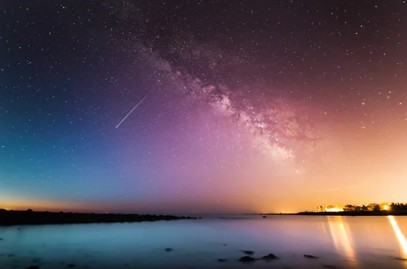
Like all the other earths, Saturn also focuses on the Sun. Saturn is very slow-moving in focusing on the Sunlight. the typical distance in between the Sunlight and Saturn is about 1 4 billion kilometers.
Saturn has a typical orbital rate of about 9 68 kilometers per secondly. As a result, this world needs concerning 29 5 Earth years to complete 1 change around the Sunlight.
7 Saturn’s Rotation on Its Own Axis
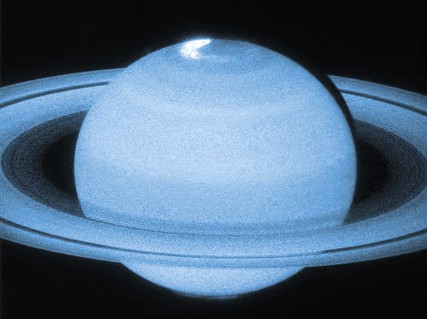
Saturn is understood to rotate very fast by itself axis. Nevertheless, it was a secret for a long period of time to find exact data concerning the size of a day on that planet.
First off, scientists calculated the rotation duration of Saturn from data gotten from the Voyager 1 and 2
It was approximated that Saturn requires regarding 10 hours 39 minutes and 22 4 seconds to turn around its very own axis from that data.
In January 2019, astronomers reported brand-new data about the length of the day of Saturn. According to the records, the length of a day on Saturn amounts to around 10 hours 33 mins and 38 seconds on Earth.
8 Saturn is Very Flat
Like all the various other worlds, Saturn is additionally round fit. Nonetheless, in contrast to others, Saturn is the flattest earth in the solar system. The monotony is triggered primly by the high-speed turning of the planet.
With the exception of Jupiter, Saturn is the fastest planet in the planetary system when it involves turning by itself axis. It revolves regarding 6, 200 miles/hour.
9 Can Saturn be seen from planet? INDEED

Saturn is the 9 th brightest all-natural things in the night skies. Because of this, it is feasible to see it from Planet with the nude eye.
Nonetheless, if you wish to obtain a great and detailed take a look at the gigantic earth, you will need to use a telescope.
Saturn is just one of only 5 worlds that can be observed from Planet with the naked eye.
10 Saturn to the Ancients
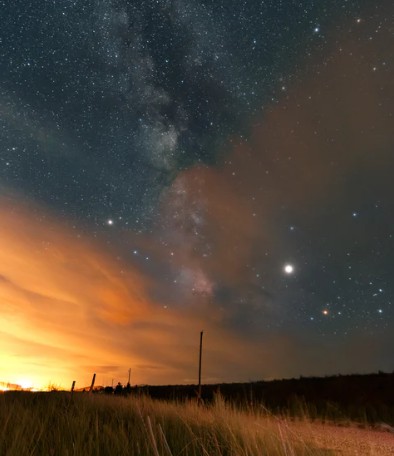
As a result of its brilliant nature and closeness to Earth, Saturn was easily visible from Planet with the nude eye. Therefore, the earth was uncovered in ancient times and there is videotaped language regarding it from the Babylonian times
The Roman called this world ‘Celebrity of Saturn’. On the other hand, the Greek would certainly call the planet as ‘Φαίνων Phainon’ or ‘Radiating’.
In Modern Greek, Saturn is called ‘Cronus/Kronos’, the name comes from the Greek God ‘Cronus’. Remarkably, several ancient people would certainly consider Saturn as a star-like Sun.
11 Where did Saturn get its name
Saturn has obtained its name from the Roman God of wide range, farming, and agriculture. He was also the God of time in Roman folklore.
That may also be an additional factor for calling this earth after the Roman God of framing ‘Saturn’.
The huge sign of Saturn is ‘♄’ that refers to the sickle of ‘Saturn’, the God of agriculture in old Roman religion.
12 Saturn’s Moons
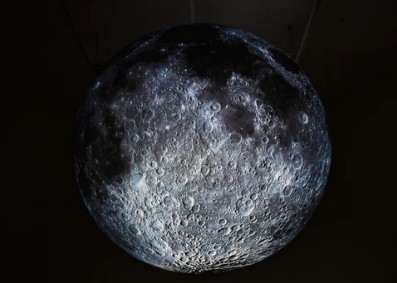
Saturn has the most number of moons amongst all the worlds in the planetary system. Till now, astronomers have actually found concerning 82 moons of Saturn.
Amongst them, 53 moons have actually been called officially. It is likewise known that there are numerous moonlets existing around the world.
The 2 nd largest moon of Saturn is called ‘Rhea’. It is reported that it might have a ring system of its own like the planet Saturn itself.
The majority of the moons of Saturn are really tiny. And, nearly all the moons of Saturn are called after the Titans of Greek folklore.
13 Core of Saturn
Although Saturn is a gas world, it is thought that the core of the world might be include solid rock and iron-nickel compounds.
The core might be surrounded by numerous layers of different substances like metal hydrogen, fluid helium, and hydrogen, a gaseous external layer, etc.
The temperature at the core of Saturn is so high that the hydrogen there could quickly be converted into steel.
According to evaluations of astronomers, the core of Saturn could be 9 to 22 times the mass of our world.
14 Ruby Rain on Saturn
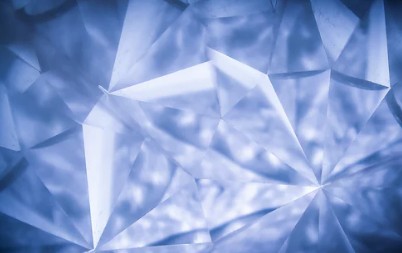
It is reported that rains of rubies might be a common occurrence on Saturn. The process starts at the top atmosphere of the planet where lightning tornados transform methane gas right into carbon (residue)
While the residue is dropping, it obtains pressed by the ambience and the earth all at once.
At concerning 1, 000 miles deepness, the residue develops into graphite. After it takes a trip a couple of more thousand miles, the graphite transforms to diamonds.
That’s when Saturn experiences diamond rainfall like some other earths in the planetary system such as Jupiter, Uranus, and Neptune.
15 Saturn’s Moon Titan
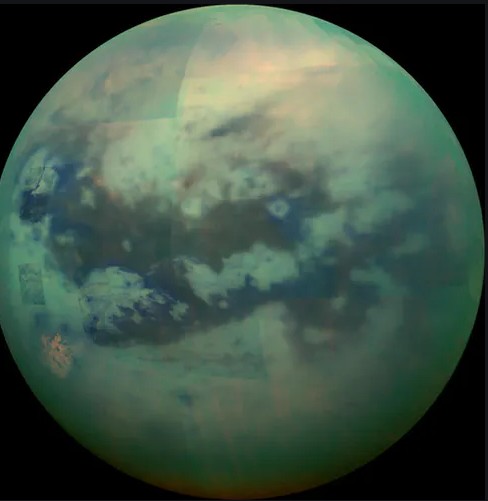
The largest moon of Saturn is named ‘Titan’. It is the 2 nd largest moon in the entire solar system.
That makes it larger than the earth ‘Mercury’. It would not be improbable to state this is just one of a kind moon in our solar system. Why? Most importantly, Titan is reported to have hydrocarbon lakes.
It is the only moon that has a significant and thick ambience amongst all the moons in the solar system.
The ambience of Titan is about 370 miles deep that makes it around 10 times thicker than the environment of Planet.
16 Origin of Saturn’s Ring
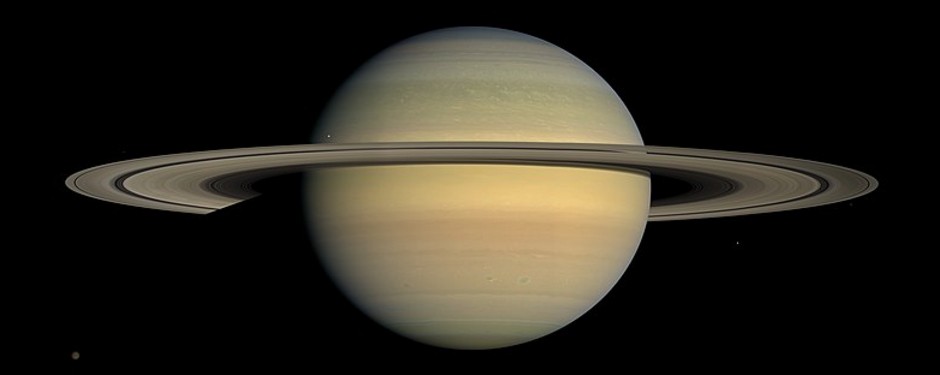
Saturn’s rings are one of one of the most significant features of the earth. However, just how did these rings form in the first place?
However, astronomers don’t have an exact and right response for this since yet. Nevertheless, there are 2 theories on the origin of Saturn’s ring.
The very first one is that these rings could be the remains
of a ruined moon of the world. And the 2nd concept is that these rings
might be the residues of the original nebular product where the earth
‘Saturn’ was created in the first place.
17 Spacecraft’s Flyby
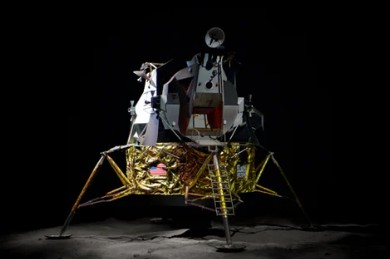
So far, Saturn has been gone to by 4 man-made area crafts. The spacecrafts are:
- Leader 11
- Voyager 1
- Voyager 2
- Cassini– Huygens.
In 1979, the Pioneer 11 spacecraft flew by Saturn and its moons. The Voyager 1 and 2 had actually zipped Saturn and its moons back in 1980 and 1981 respectively.
And, the ‘Cassini– Huygens’ orbited the gas giant and its moons from 2004 to 2017 Remarkably, it also arrived at ‘Titan’, the biggest moon of Saturn back in 2005 It is prepared that a new emission named ‘Dragonfly’ will land on ‘Titan’ in 2034
18 The Cassini– Huygens Spacecraft
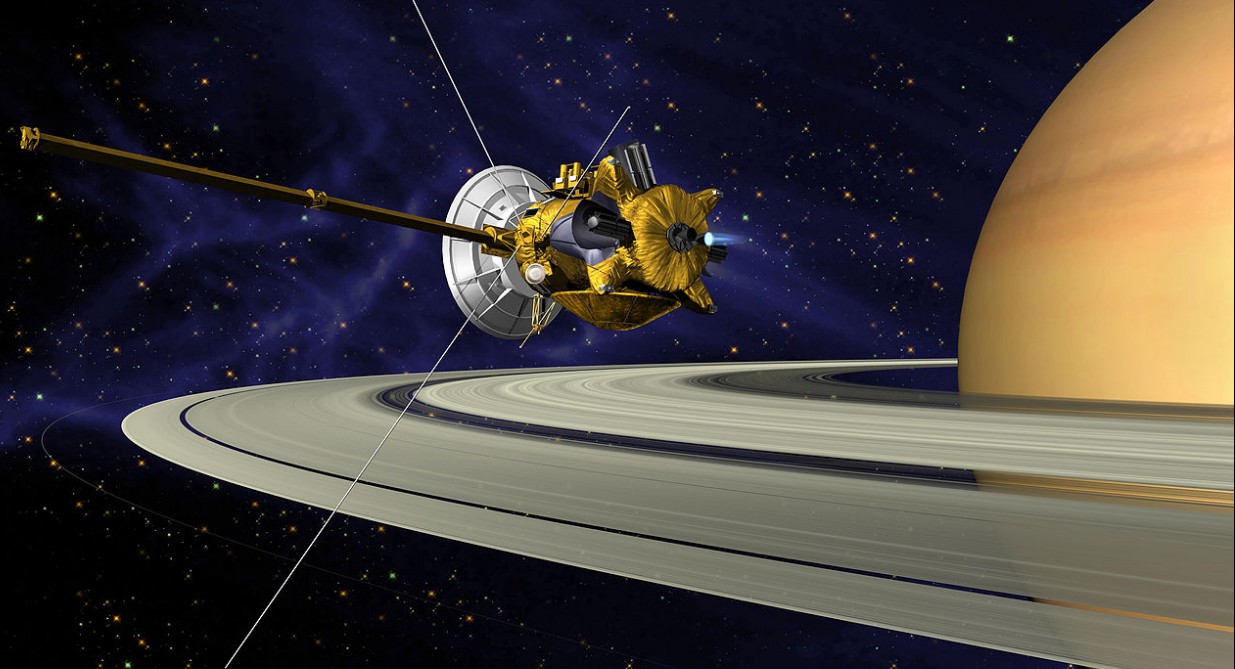
The Cassini– Huygens goal is perhaps one of one of the most effective and the longest objective regarding the earth Saturn.
The objective was maintained by NASA, ESA, and ASI. In this goal, they have actually made use of a space verify called ‘Cassini’ to orbit around Saturn to gather data concerning the planet, its moons, and its rings.
The room probe was released back on 15 th October 1997 It took about 6 years to reach Saturn’s orbit. And, it was there for regarding 13 years investigating concerning Saturn.
The Cassini– Huygens goal finished with the dive of the area probe right into the top atmosphere of Saturn on 15 th September 2017
This goal was extremely handy in learning new info regarding the planet. For example, due to this mission, astronomers could compute the size of a day in Saturn extra properly.
Likewise, they could find the age of the rings of Saturn from this objective too. It is reported that Saturn’s rings are very new. These could have formed between 10 to 100 million years back.
19 Galileo and Saturn

Although individuals around the globe understood about Saturn from prehistoric times, it was Galileo Galilei, that made use of a telescope to observe Saturn for the very first time in history.
It was July 1610, when he really described qualities of Saturn far better than earlier. However, because of the poor quality of his telescope, he couldn’t observe the rings of the planet extremely well.
Because of this, he inaccurately thought them as a number of moons. Records reveal that he sent out a letter to his buddy ‘Kepler’ stating that he has actually found 2 moons around the earth Saturn using his telescope.
20 The Temperature level of Saturn
There are indications of constant storms and twisters on this world. It has 2 layers of clouds. And, the top layer of the clouds contain ammonia ice that has a temperature of regarding – 280 ° F or – 173 ° C.
Next, we have the layer with a temperature of regarding – 127 ° F or – 88 ° C that includes water ice. Last but not least, the lower layer of Saturn’s environment has a heat of concerning 134 ° F or 57 ° C.
Nevertheless, the ordinary temperature of Saturn has to do with – 288 ° F or – 178 °. In this way, we can state that Saturn is a really great earth. Nonetheless, if you come close to the core, the temperature would certainly rise slowly.
The peak temperature level at the core of Saturn has to do with 11, 700 ° C or 6483 ° F. Saturn is additionally known to give off regarding 2 5 times more power to space compared to the power it recuperates from the Sun.
21 Saturn’s Unique Moon Hyperion
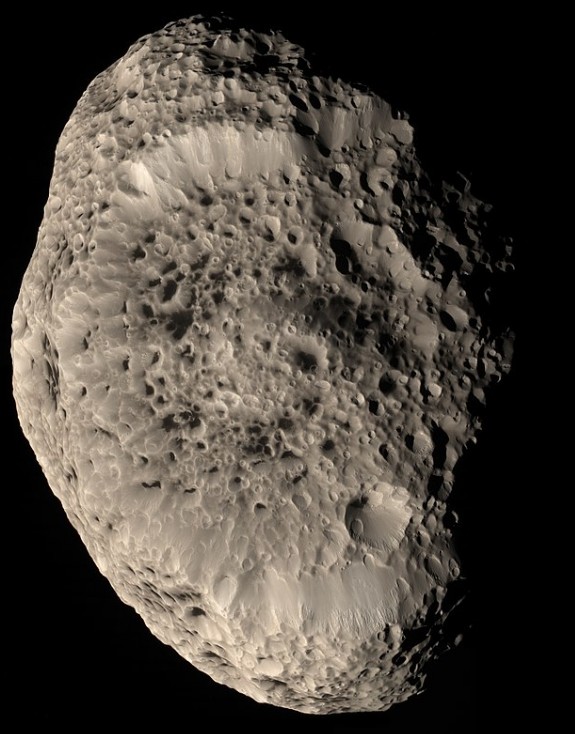
Saturn has many moons. Nevertheless, the ‘Hyperion’ is one of the most special of them all. It was the very first moon to be found that is non-round in shape in history.
The name ‘Hyperion’ originates from the name of the God of monitoring and wariness in Greek folklore.
This moon is also referred to as ‘Saturn VII’. The moon was uncovered on 16 th September 1848 by William Bond, George Bond, and William Lassell.
‘Hyperion’ is popular for its inexplicable look (sponge-like), disorderly rotation, and uneven shape.
22 Saturn’s Moon Enceladus
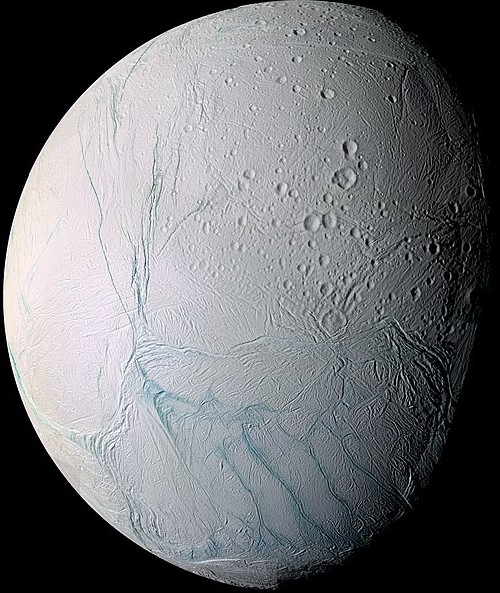
Enceladus is one more one-of-a-kind moon of Saturn. The size of the moon has to do with 500 kilometres that makes it the 6 th biggest moon of Saturn.
This satellite is covered by tidy and fresh ice that makes it among the most reflective items in the solar system.
It is seen that Enceladus throws away water from its icy fractures occasionally. Reports recommend that this phenomenon is caused by the extreme gravity of Saturn.
Because of this, this moon has turned into one of the only few items that have energetic volcanoes.
A new research study discovers that this moon has a sea under the main icy outer surface area for billions of years.
Numerous astronomers likewise think that the Enceladus can be among one of the most habitable places in our planetary system after Earth.
23 The Loss of Saturn’s Rings
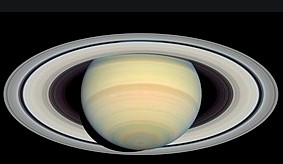
The rings of Saturn are extremely thin. Consequently, when our world passes through the ring airplane of Saturn, the rings seem to disappear from our view briefly.
This phenomenon happens every 15 years. According to the estimation, this will certainly take place again in 2025 Nonetheless, we may not have the ability to observe this as Saturn will be really close to the Sunlight.
24 Saturn’s Reduced Density
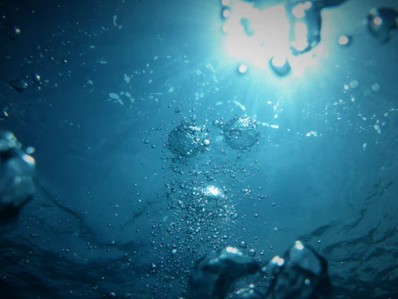
Despite the fact that Saturn is a substantial world, it has a very low thickness as it is a gas palest. Actually, it has to do with 30 percent much less thick than water.
This is the only earth in our solar system to have much less thickness compared to water. That implies Saturn would drift on water. Interesting, isn’t it?
25 Saturn’s Beginning
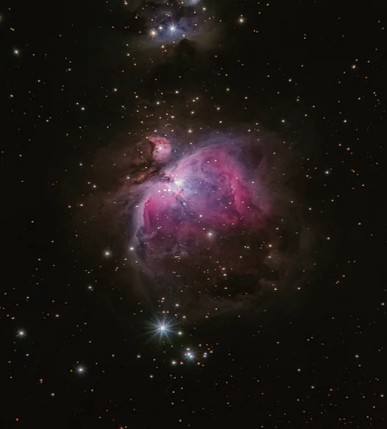
Research studies recommend that Saturn likewise created with the rest of the solar system. So, Saturn has to do with 4 5 billion years of ages right now.
It was created due to gravity pulling gases and dust in the earlier stage of the solar system.
This aeriform world picked to its present spot concerning 4 billion years back. There is no true surface of this earth because of its aeriform nature.
If you would visit this world, you wouldn’t have a place to land your spacecraft as there’s no surface at all.
Wrapping it Up
Saturn is spectacular, mysterious, and enigmatic in several methods. This giant was a topic of rate of interest from old times. Still, astronomers are uncovering brand-new mysteries about this planet every other day.
We wish that with the advancement of scientific research and modern technology, we will certainly learn more about this earth in the future. If you have found this article beneficial, do not neglect to share this.
